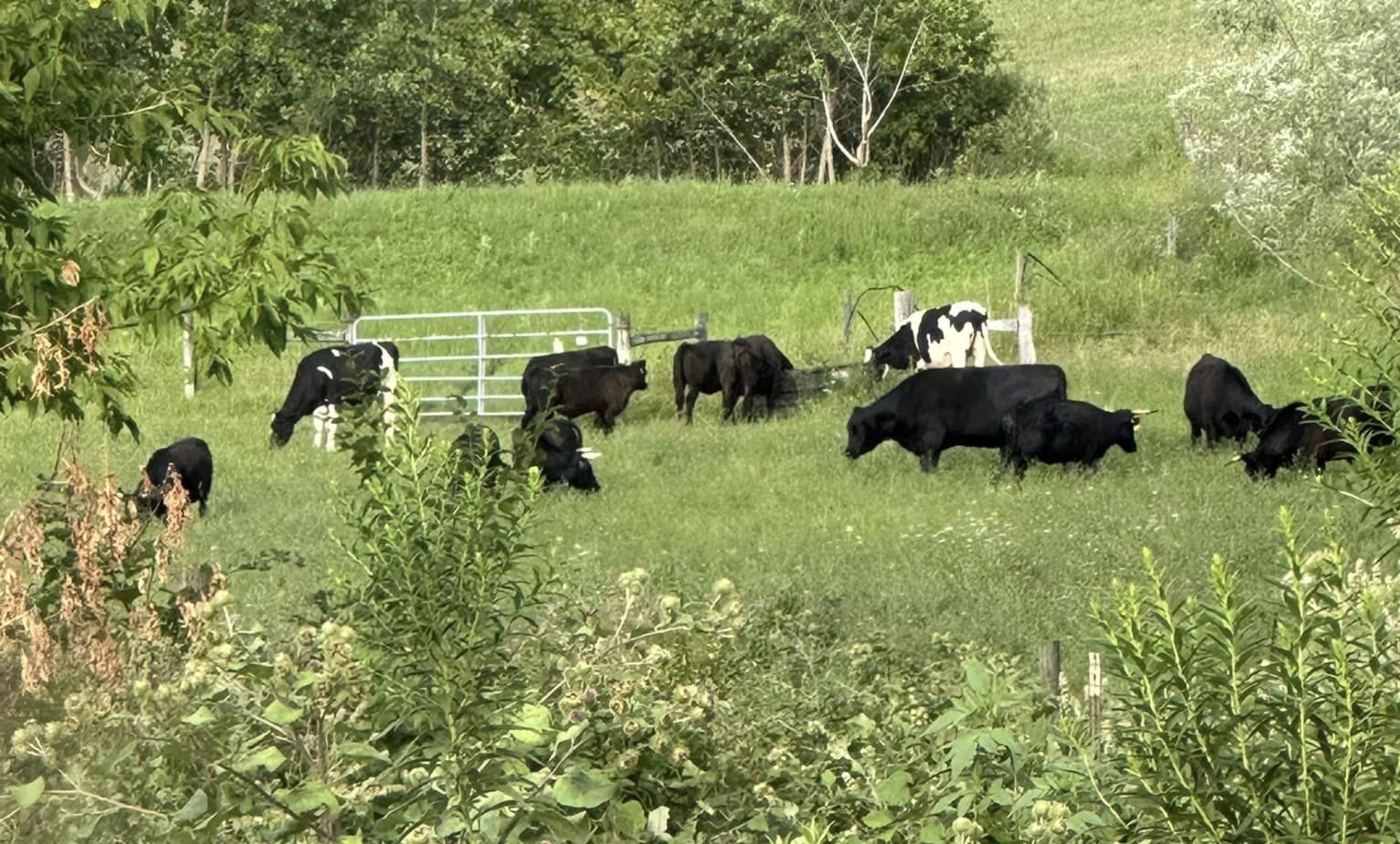Bone broth is mentioned a lot on health and natural food websites. What is it used for and how does one make it? I recently interviewed Griffin, a SU Ph.D student who loves to rock climb. He shared with me that he takes bone broth on his hikes to give him an energy boost. He finds that it can quickly heal collagen tears and can help maintain the tendons. If used regularly apart from hiking, it helps with gut health and helps the skin and hair with the nutrition that they need.
Cooking the bones with a splash of vinegar helps to get the collagen and marrow out of them. If you want minerals and vitamins, then you need to include some veggies and/or herbs in your broth as this is where the minerals and vitamins come from.
Here is his recipe with my comments:
- 4-5 marrow bones
- 1 splash vinegar, whatever variety you have Splash is about 2-4 Tbsp.
- 1 cup veggies - onions, celery, carrots, whatever you have available
- 1/2 bunch herbs - whatever you have available and what you like
- 1 shake salt; 1 tsp is good amount to start with
- Pepper to taste
- Water to cover, leave 1 inch head room
Put bones in 6 quart crockpot. Add veggies, herbs, salt, pepper and vinegar. Add water to cover leaving 1 inch head room.
Turn on low for 36 hours. You can start it on high for an hour or two to get it warmed up and then turn it down to low for the remainder of the time.
After 36 hours, if the water has steamed off, then add more water. Check flavor and add seasonings as desired. Continue cooking for 8 more hours.
Turn off and allow to cool some.
Take bones out of broth. If there is any meat on them or marrow in them, remove it, cut it up, and add it back to the broth.
Pour the broth into containers. Glass containers will store in the refrigerator, plastic in the freezer. Let the broth cool in the refrigerator. Once it has gelled, take the fat off the top and use it to cook food in or to add to dishes for flavor.
Label and freeze.
Make sure you leave 1 inch of head space when you add the water. If you don’t, you will end up with a layer of fat on the counter.
I like the glass containers in principle. However, a plastic container is easier to get the fat out of. If you let the broth cool until the fat is solid, then you can gently squeeze the container which lets the fat pull away from the sides. You can then lift this up and out and put it in another container to use on bread or as the fat for sauteing veggies.
The broth can be the base for soups, can be added to stir-fries, or can be part of a daily drink. Because it is concentrated, you will want to dilute it. In soups or stir-fries you could use it for up to 1/2 of the liquid. For a drink it could be up to 1/8 or 1/4 of the liquid. It will have a slightly salty, meaty taste, although depending on the other ingredients, that could be masked.
This broth is tasty. It is easy to make and doesn’t require a lot of attention. It will take up the space and use of the crockpot, so you need to plan around that. But this works well.
This would be the point where I should say – Do you want to try this? Contact me to get your bones today! – but unfortunately, my marrow bones are sold out for this year. Next time I will share my personal bone broth method. It doesn’t extract as much collagen as this recipe would, but it works well enough for me. Stay tuned.











 Back a while ago, The Farmer found this book by Peter Burke in his local library and took a long gander. (
Back a while ago, The Farmer found this book by Peter Burke in his local library and took a long gander. (